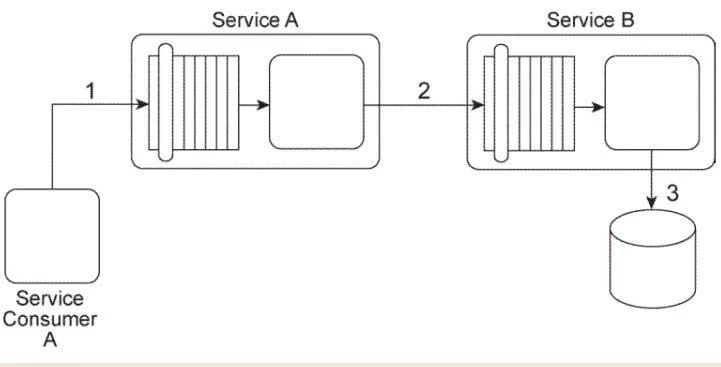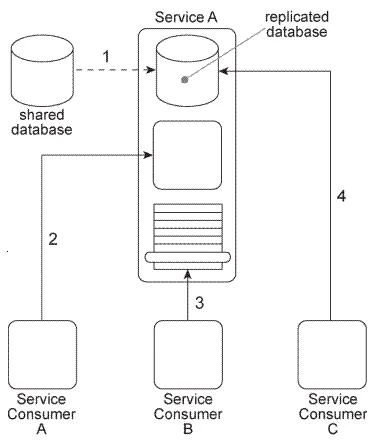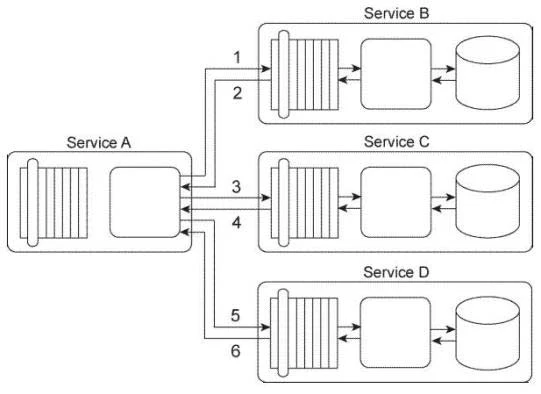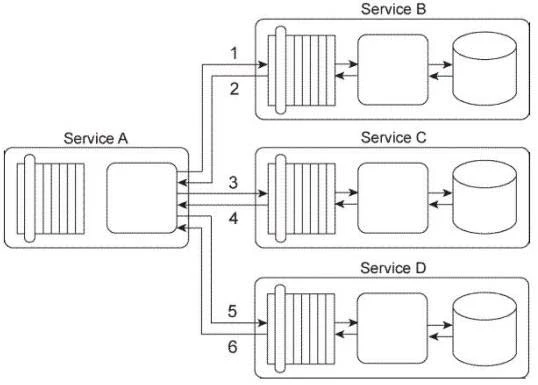SOA Design Architecture Lab (S90-09A)
Here you have the best SOA S90.09 practice exam questions
- You have 40 total questions to study from
- Each page has 5 questions, making a total of 8 pages
- You can navigate through the pages using the buttons at the bottom
- This questions were last updated on November 16, 2025
- This site is not affiliated with or endorsed by SOA.




